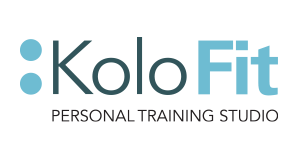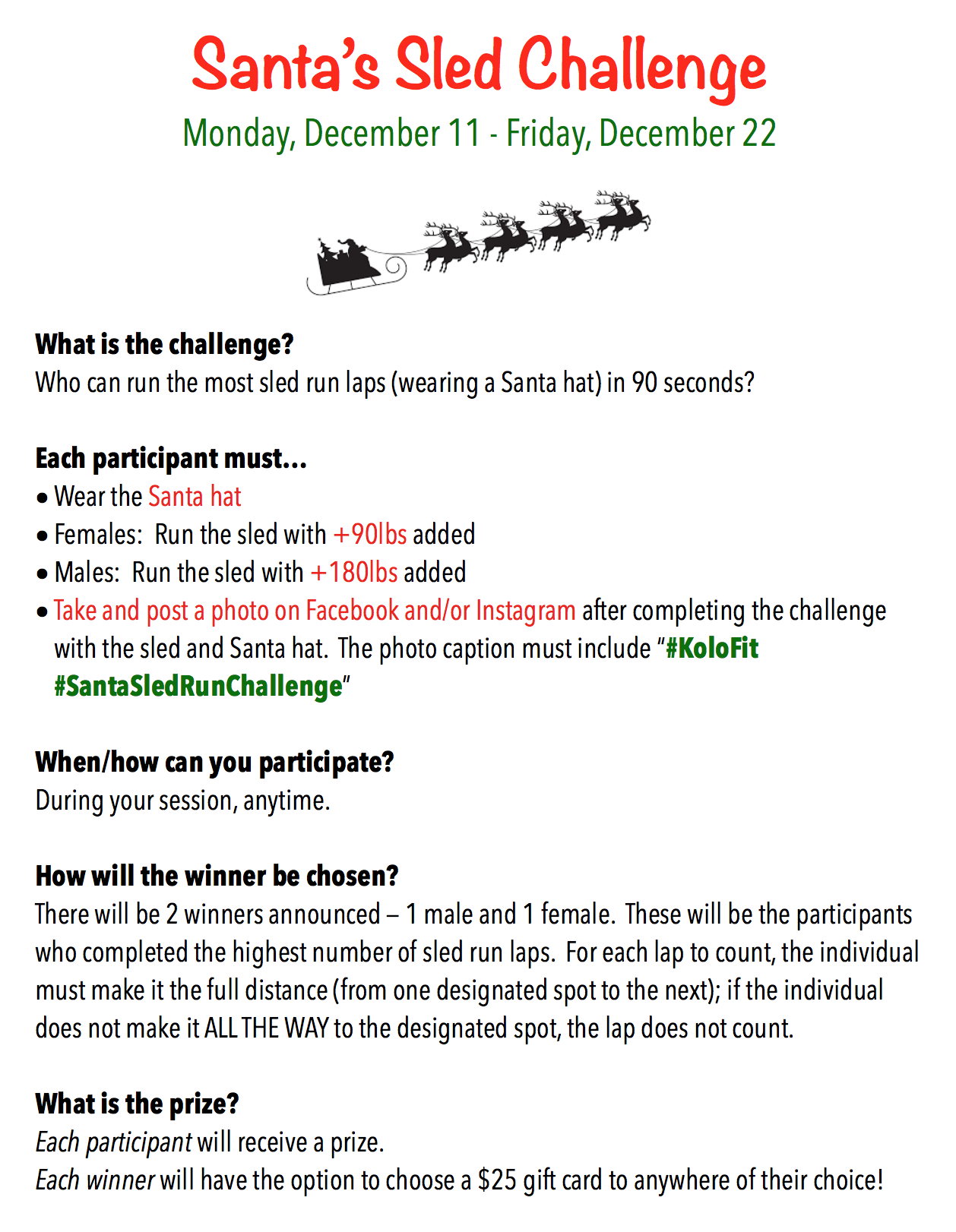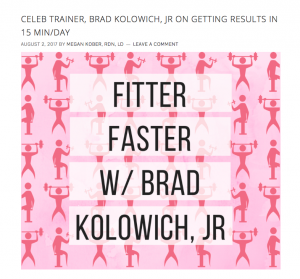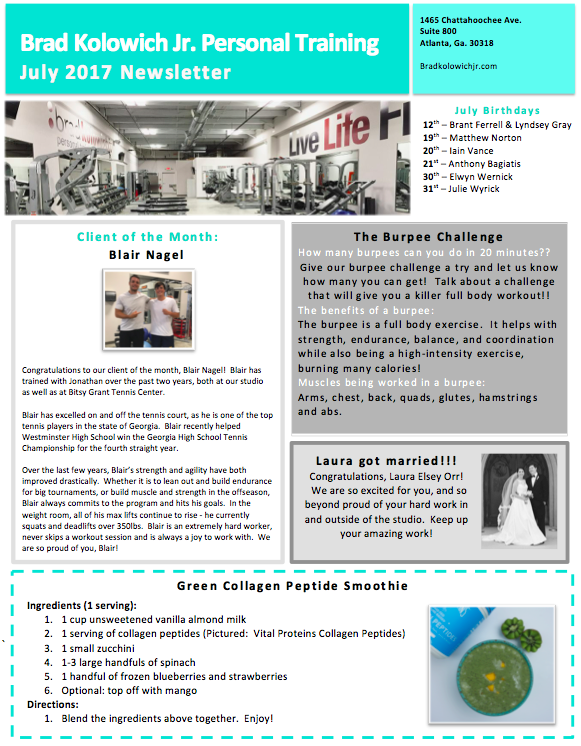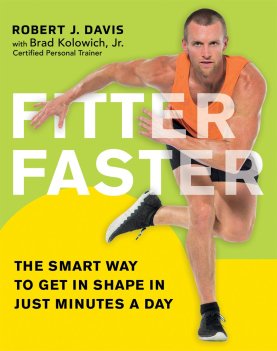By Dr. Mercola
“Strong body, strong mind” is not just an expression. Scientific evidence demonstrates regular exercise improves your productivity, sleep quality and blood flow to your brain,1 while reducing the development of damaging neurological plaques.2 Unfortunately, less than 25 percent of Americans over the age of 45 engage in resistance exercises,3 which are among the most important exercises to stay fit and healthy.
In fact, your muscle strength begins decreasing in your 30s by as much as 3 to 5 percent of muscle mass per decade4 after 30, unless you do something to stop it.
Resistance training, also called strength training, is the strategy you use to stop this natural decline of strength and muscle mass. But, gaining strength is only one of the benefits of resistance training, as this form of exercise also helps prevent osteoporosis, improves your range of motion and improves your ability to do your functional day-to-day activities with greater ease.
When done properly, strength training can even be a form of aerobic exercise and will help you lose weight. After nine months of studying the effects of resistance training on senior citizens, researchers also found the participants enjoyed improved psychological health.5
Study Reveals Resistance Training Affects Your Psychological Health
During this study, the researchers investigated the effect of resistance training on the psychological health of seniors, as opposed to focusing solely on physical changes. The study’s lead author and Ph.D. candidate at University of Jyväskylä, Tiia Kekäläinen, commented on why the team began the study of the mental effects strength training has on this age group, saying:6
“The importance of resistance training for the muscular strength and physical functioning in older adults is well-known, but the links to psychological functioning have been studied less.”
The researchers sought out 104 healthy participants between 65 and 75 years who did not meet the minimum physical activity recommendations for aerobic exercise by the World Health Organization (WHO) and had no previous strength training experience.7 The participants were randomly assigned to one of four groups.
Three of the groups were assigned resistance training and the fourth was the control group, who continued their usual activities. The strength training groups underwent an initial practice and training in resistance work twice per week for three months to familiarize themselves with the workout. Following this, they underwent progressive strength training for the following six months.8
Over these nine months the participants completed assessments that evaluated their psychological functioning. These occurred at the start, before any training began, and then at three months, six months and nine months when the study concluded. The participants were also asked about their aerobic capacity and had a physical strength test completed.
Health Is Not Just the Absence of Illness
The researchers measured quality of life, sense of coherence and symptoms of depression. Sense of coherence is a concept developed by Aaron Antonovsky in 1979 to describe why some people get sick in stressful situations and others don’t.9 The scale measures a mixture of optimism and perception of control over your environment.
Quality of life was measured using a WHO questionnaire that examined the perception of the participant’s position in life relative to their own expectations, concerns, goals and standards within their culture and value system. It captured the quality of life in the participant’s physical, psychological, social and environmental domains.10
The assumption of the researchers was that the health of an individual is measured by more than the absence of illness or disease. The researchers found that at three months, the participants in the training groups exhibited greater environmental quality of life over those in the control group. Environmental quality measured satisfaction with the individual’s physical safety, leisure activities and access to care.
By month nine, at the end of the study, there was also a significant improvement in sense of coherence in the group that participated in resistance training twice a week.11 The results of the study suggest that the ability of seniors to manage their environment and their life may improve with the addition of resistance training. The researchers proposed further study to differentiate the benefits between consistency and frequency in resistance training.
Strength Training Benefits Your Whole Body
The benefits of strength training go beyond improving your mental and psychological health. As strength training builds lean muscle mass it also increases your caloric burn during exercise and afterward, helping you lose weight and maintain weight loss. In a study published in the Journal of Applied Physiology,12 researchers found aerobic exercise helped reduce body fat while resistance exercise improved lean body mass.
This is good news for those who incorporate strength training into their weekly routine since you can easily do aerobic and resistance training at the same time, reducing your time commitment and boosting your results. Strength training stresses your bones, which increases your bone density13 and reduces your risk of osteoporosis. Resistance training improves muscle strength and mass supporting your large joints, such as your knees and hips that bear much of the stress when you are walking and moving.
This strength reduces pain related to osteoarthritis14 and reduces your risk of injury.15 Additionally, exercise, including strength training, has demonstrated improvement in cognitive performance. In a study published in the journal Clinical Interventions in Aging, researchers concluded:16
“The present study demonstrated that regular resistance exercises could provide significant gains on the upper and lower body strength concomitant to positive improvements on cognitive capacities of elderly women, bringing enhanced life quality.”
Resistance training also has a positive effect on anxiety. In a study published in Frontiers in Psychology, researchers found those who practiced low-to-moderate intensity resistance exercises enjoyed a reliable reduction in symptoms of anxiety.17 These results appeared to be consistent across a diverse range of populations.
Resistance Exercises May Prevent Long-Term Care in the Elderly
Aging Americans are more concerned about losing their independence and moving to a nursing home than they are about dying.18 Falls are a top cause of accidents in people over age 65 and a real threat to the ability to continue to live on your own.19 The National Institute on Aging recommends physical activity and regular exercise to improve balance and strength while reducing your risk for falling.20
Research has demonstrated that progressive strength training in the elderly can reduce sarcopenia (age-related muscle loss), and helps you retain motor function.21 Age-related decline in muscle mass and strength may be an early indicator of the potential for falls in the elderly, even those who are not frail.22 Studies have also demonstrated that resistance training improves balance in the elderly,23and may be more effective in reducing the risk for falls than aerobic or cardiovascular training.24
In 2015, the cost to Medicare exceeded $31 billion to cover the health care needs of elderly who had fallen.25 Every year over 800,000 are hospitalized due to an injury after a fall and the average hospitalization is over $30,000.26 In a study of nearly 875 community-dwelling women near the age of 70, 35 percent reported they had fallen, 33 percent of those had fallen twice or more and over 70 percent reported being afraid of falling.27
Improving strength and balance in the elderly may reduce the number of those who fall and the overall direct and indirect medical costs to families and the community. A reduction in falls and in the anxiety seniors feel about falling may also improve overall quality of life.
Easy Strength Training for Seniors
You don’t have to go to the gym three times a week to participate in a resistance program to improve your balance, strength and mental health. Instead there are exercises you can do at home that accomplish those goals and can be done at your convenience. Before plunging headlong into the latest YouTube home workout, think about the following:28
|
Consider your medical history
If you have a current medical condition, such as arthritis or cardiovascular disease, or a current injury, you may want to work with a physical therapist or certified personal trainer who has experience designing and adapting exercises to your personal situation. Include strength training with flexibility activities that help improve balance and your range of motion. |
|
Schedule
Choose times of the day when any inflammation or pain is at the lowest level. Avoid exercising when your stiffness is at the worst, such as first thing in the morning. |
|
Warm up
Whether you have a form of inflammatory joint disease or not, it is important to warm your muscles and joints using gentle stretches or lower intensity exercises. Muscles and joints that are warmed up have additional blood supply that may help reduce your risk of injury. |
|
Start slowly
When starting resistance exercises you may easily overdo it and suffer from inflamed muscles that can sideline you for weeks. If you have an inflammatory condition such as arthritis, consider balancing your exercise and rest carefully. You may find water workouts are a better choice until the inflammation has receded. |
|
Clothing
Wear comfortable, nonrestrictive clothing so you can easily perform all movements within your body’s range of motion. Avoid wearing rubber soled shoes, as they may increase your risk of tripping. Leather soles are ideal, but it’s also important you wear what’s compatible with the surface you’re working on as you don’t want your feet to slide unexpectedly. |
|
Keep watch
Do not close your eyes during the exercises as it dramatically increases your risk of losing your balance. During exercise you may feel relaxed, fatigued or think you’ll be able to concentrate on the exercises better with your eyes closed. Resist the temptation. |
|
Posture
Pay close attention to your form and posture while performing exercises. Unbalanced or improper weight distribution may lead to injury. If you are frail or have poor balance, be sure to perform all exercises with supervision and assistance. |
|
Exercises
I have three different resistance workouts developed that may help you get started. Remember, it is never too late to start! In the first, “Basic Exercise Guide for Older Seniors and the Infirm,” there are seven basic seated and standing exercises that help you get started.
The second, “Easy Strength Training Moves for Seniors,” are exercises that help you perform everyday activities with greater ease and confidence. The third, “Majority of Adults Need More Muscle Strengthening Exercise,” includes more advanced exercises, some of which may still be done at home.
|
Adapted from: https://fitness.mercola.com/sites/fitness/archive/2017/12/15/resistance-training.aspx
